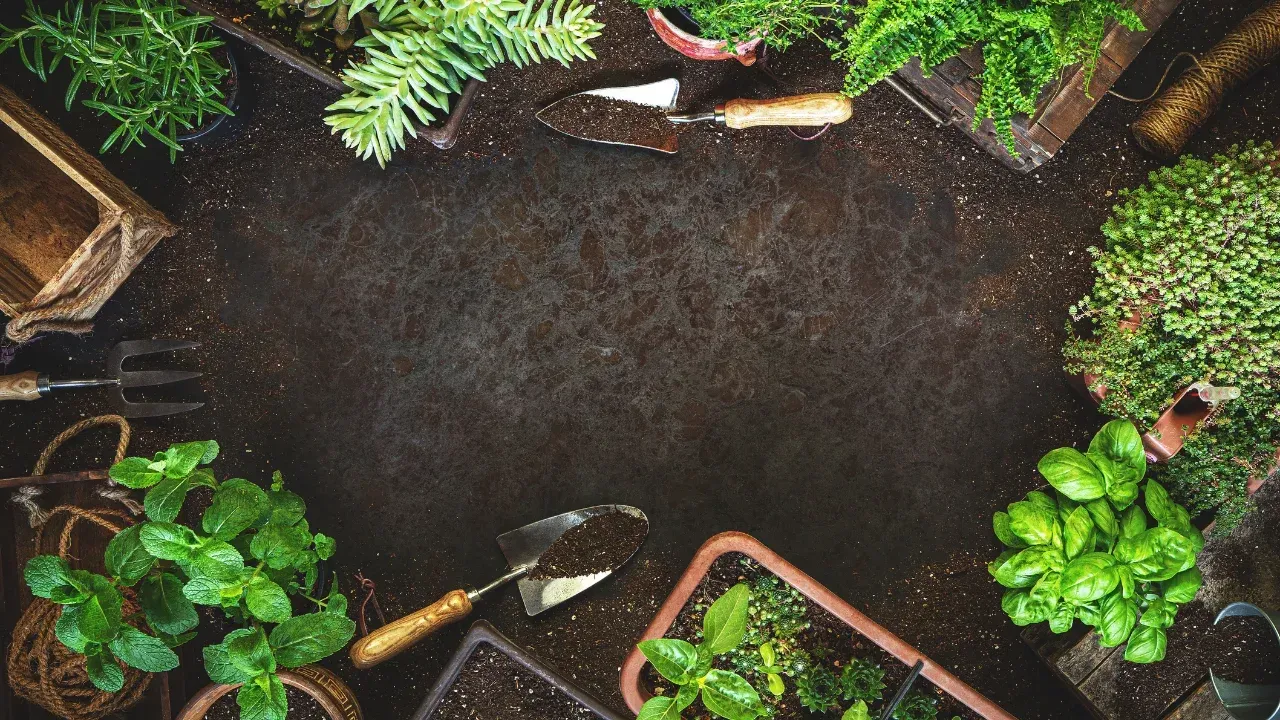
The Power of Native Plants in Your Coconut Creek Garden
Coconut Creek, Florida residents are embracing the beauty and benefits of native plant landscaping, and for compelling reasons. The city receives an impressive 61 inches of rainfall annually , making water-wise gardening both practical and essential. With year-round growing potential and average temperatures ranging from 58°F in January to 90°F in July , this subtropical paradise offers unique opportunities for creating stunning, sustainable landscapes.
Native plants represent gardening with nature, not against it. These species have evolved over thousands of years to thrive in South Florida's warm, humid climate, sandy soils, and distinct wet and dry seasons. Beyond their practical advantages, native plants provide crucial habitat for local pollinators including butterflies, bees, and hummingbirds, while requiring minimal water, fertilizers, or pesticides once established.
In this comprehensive guide, you'll discover the top 10 native plants for Coconut Creek, Florida, and learn how to select and care for them in your garden.
Why Choose Native Plants in Coconut Creek, FL?
Native Plants Support Local Ecosystems
Native vegetation has co-evolved with local wildlife and climate conditions over millennia. Including these plants in your Coconut Creek garden creates vital food sources and habitat for :
Native bees and butterflies - Essential pollinators that support the entire ecosystem
Songbirds and hummingbirds - Which rely on native plants for nectar, seeds, and insect prey
Specialized species - Like the endangered Atala butterfly, which depends exclusively on the native Coontie plant
By contrast, non-native species often fail to support local wildlife and can become invasive, disrupting established food webs.
Perfect Adaptation to Local Conditions
Coconut Creek's subtropical climate presents unique challenges and opportunities. Native plants excel because they're naturally suited to the area's conditions :
Water efficiency - Most native species are drought-tolerant and thrive on natural rainfall patterns
Heat tolerance - Adapted to handle South Florida's intense summer sun and high humidity
Storm resilience - Deep root systems and flexible growth habits help them withstand hurricanes and strong winds
Pest resistance - Natural defenses against local insects and diseases reduce the need for chemical treatments
Selecting the Right Native Plants for Your Garden
Before choosing plants, evaluate your specific garden conditions. Different native species thrive in different microenvironments. Consider these essential factors:
Key Selection Criteria
Soil drainage - Does your soil drain quickly (sandy) or retain moisture (clay/organic)?
Light exposure - Full sun (6+ hours), partial sun (3-6 hours), or shade (less than 3 hours)?
Moisture levels - Are there naturally wet areas, dry zones, or irrigated sections?
Seasonal interest - Plan for year-round beauty with varied bloom times and foliage textures
Mature size - Ensure plants have adequate space without overwhelming their location
Top 10 Native Plants for Coconut Creek, Florida
Firebush (Hamelia patens)
Features: Brilliant orange-red tubular flowers that bloom nearly year-round in South Florida
Growing conditions: Full sun to partial shade; well-drained soils
Benefits: Primary hummingbird magnet and butterfly favorite; fast-growing and heat-tolerant; produces edible berries for wildlife
Mature size: 6-15 feet tall and wide in South Florida
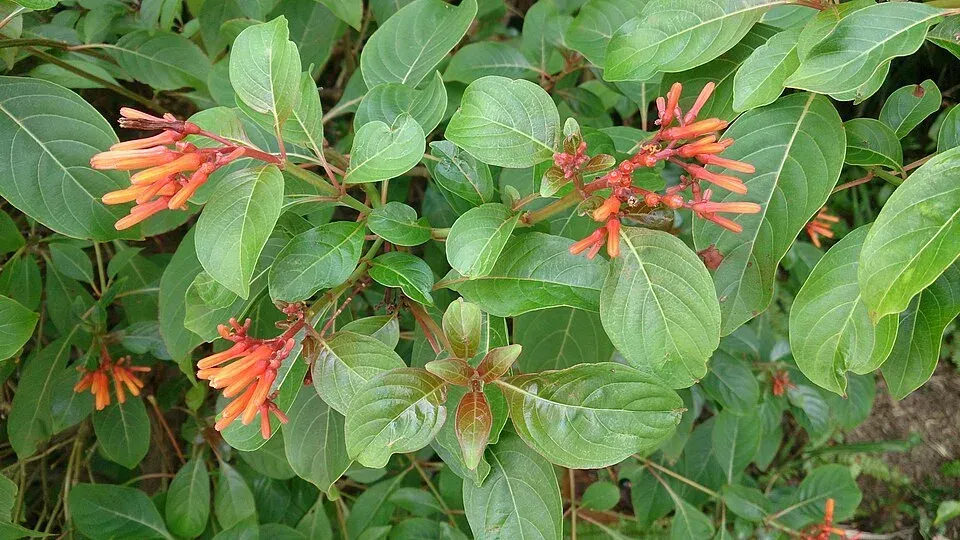
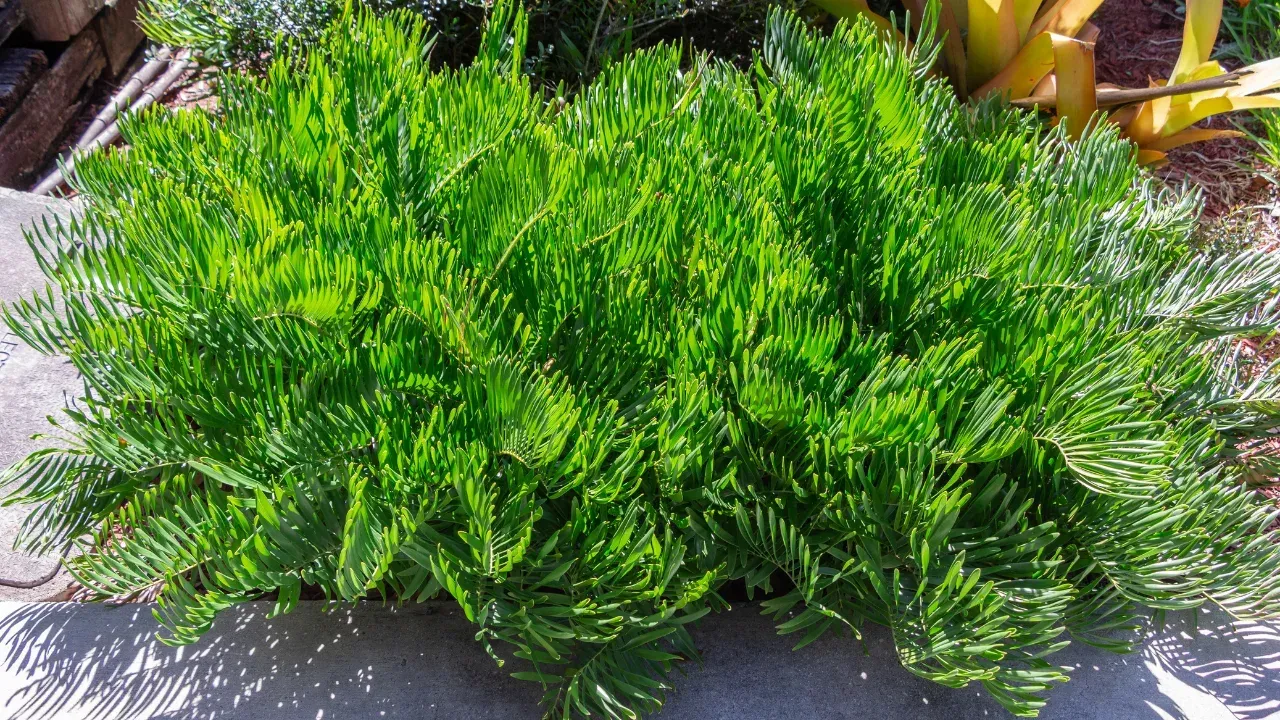
Coontie (Zamia integrifolia)
Features: Ancient cycad with glossy, palm-like fronds and occasional ornamental cones
Growing conditions: Full sun to full shade; well-drained sandy soils
Benefits: Florida's only native cycad; extremely drought and salt tolerant; essential host plant for the rare Atala butterfly; requires virtually no maintenance
Mature size: 2-3 feet tall and wide
American Beautyberry (Callicarpa americana)
Features: Clusters of brilliant purple berries encircling stems in fall; small pink flowers in spring
Growing conditions: Full sun to partial shade; various soil types with good drainage
Benefits: Spectacular wildlife magnet for birds; berries persist into winter; leaves may naturally repel mosquitoes when crushed
Mature size: 4-8 feet tall and wide
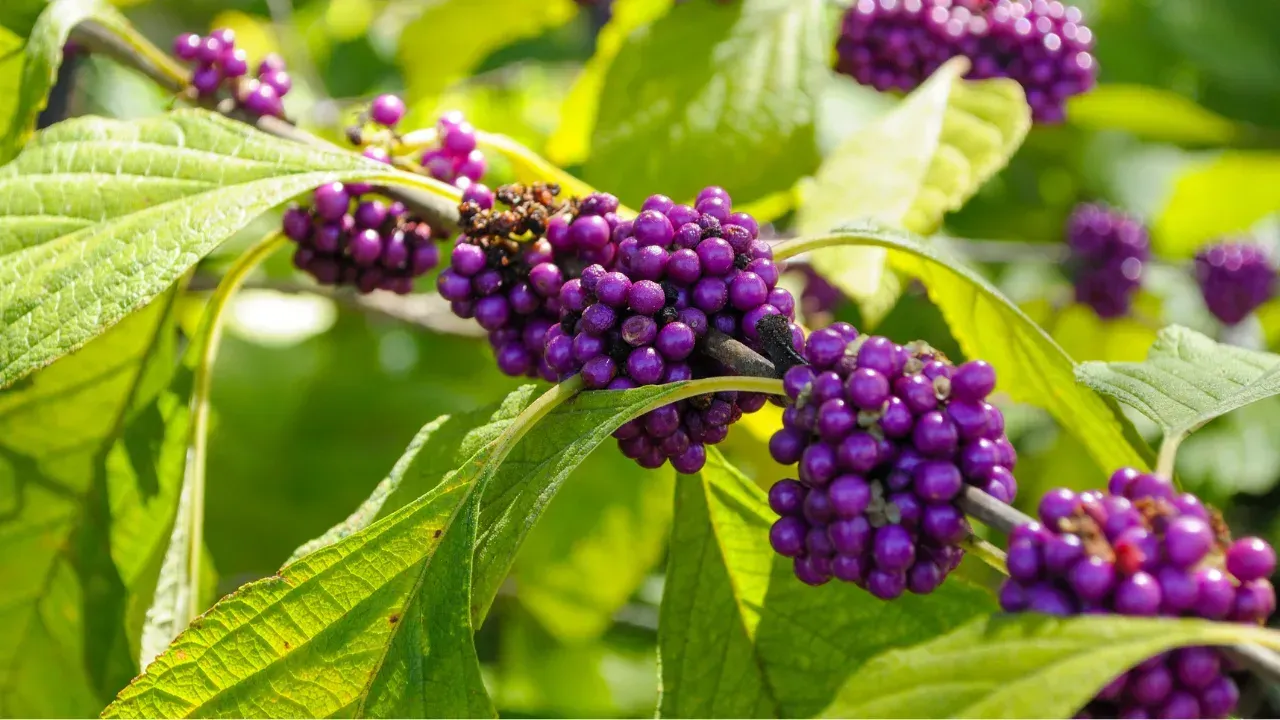

Wild Coffee (Psychotria nervosa)
Features: Glossy dark green leaves with prominent veins; small white flowers followed by red berries
Growing conditions: Partial shade to full shade; moist, well-drained soils
Benefits: Excellent understory plant; attracts both butterflies to flowers and birds to berries; stays green year-round
Mature size: 4-10 feet tall
Simpson's Stopper (Myrcianthes fragrans)
Features: Small white fragrant flowers; colorful orange-red berries; attractive peeling bark
Growing conditions: Full sun to partial shade; various soil conditions
Benefits: Beautiful specimen tree; highly attractive to birds; salt-tolerant for coastal areas
Mature size: 15-25 feet tall
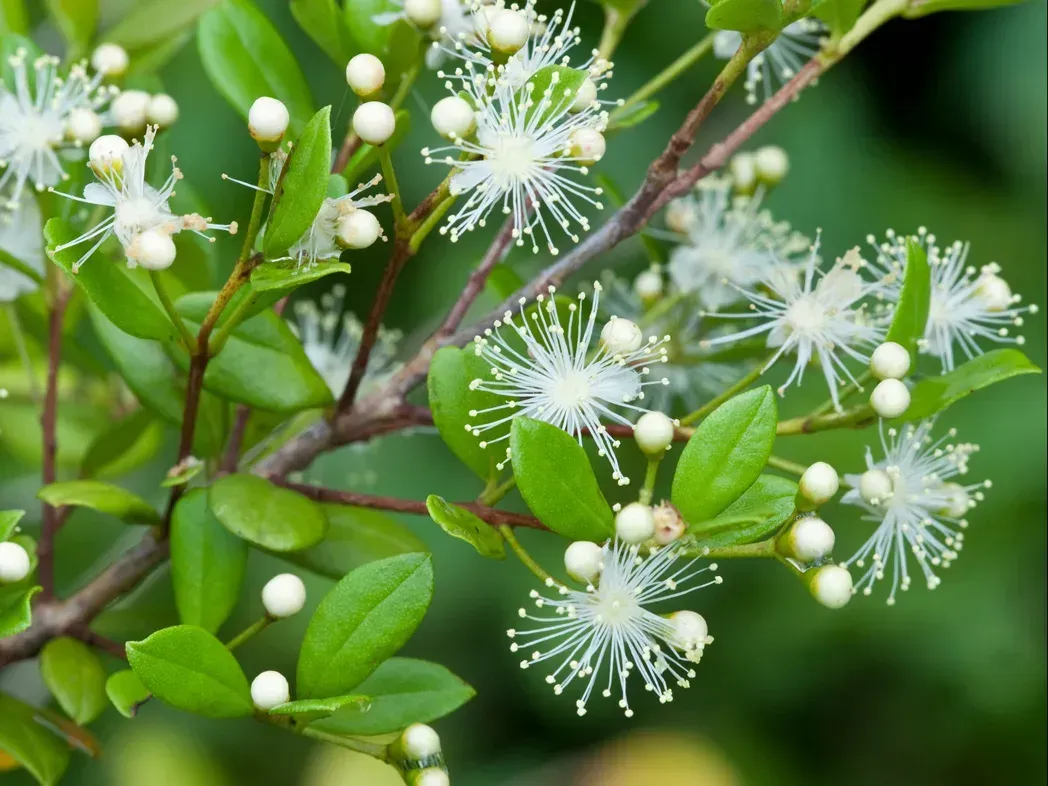
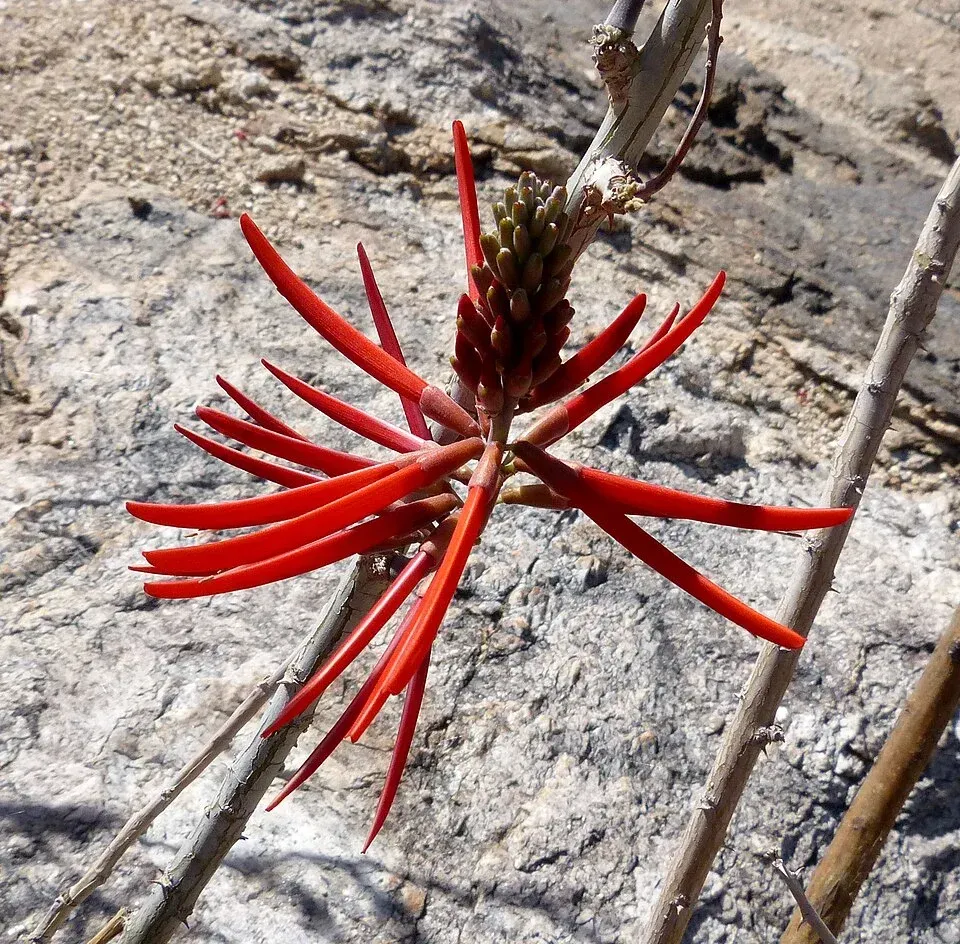
Coral Bean (Erythrina herbacea)
Features: Striking red tubular flowers on tall spikes; distinctive seed pods
Growing conditions: Full sun to partial shade; well-drained sandy soils
Benefits: Outstanding hummingbird plant; can reach tree size in South Florida; dramatic architectural presence
Mature size: 5-15 feet tall depending on location
Marlberry (Ardisia escallonioides)
Features: Glossy evergreen leaves; small white flowers; dark purple berries
Growing conditions: Partial shade to full shade; moist, well-drained soils
Benefits: Excellent wildlife food source; attractive year-round foliage; thrives in shady locations
Mature size: 8-15 feet tall
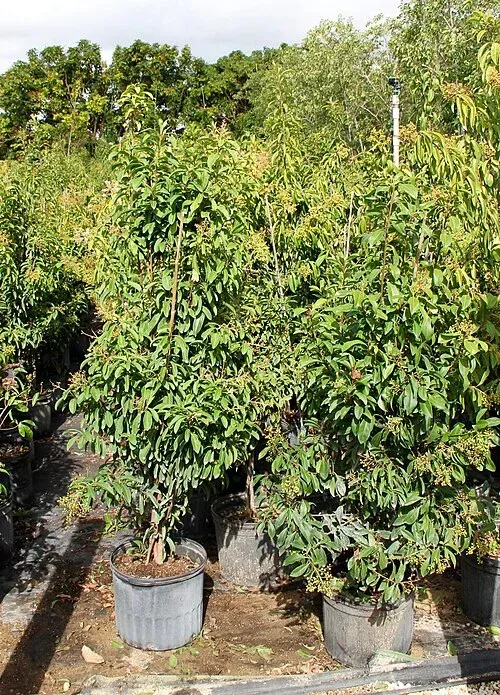
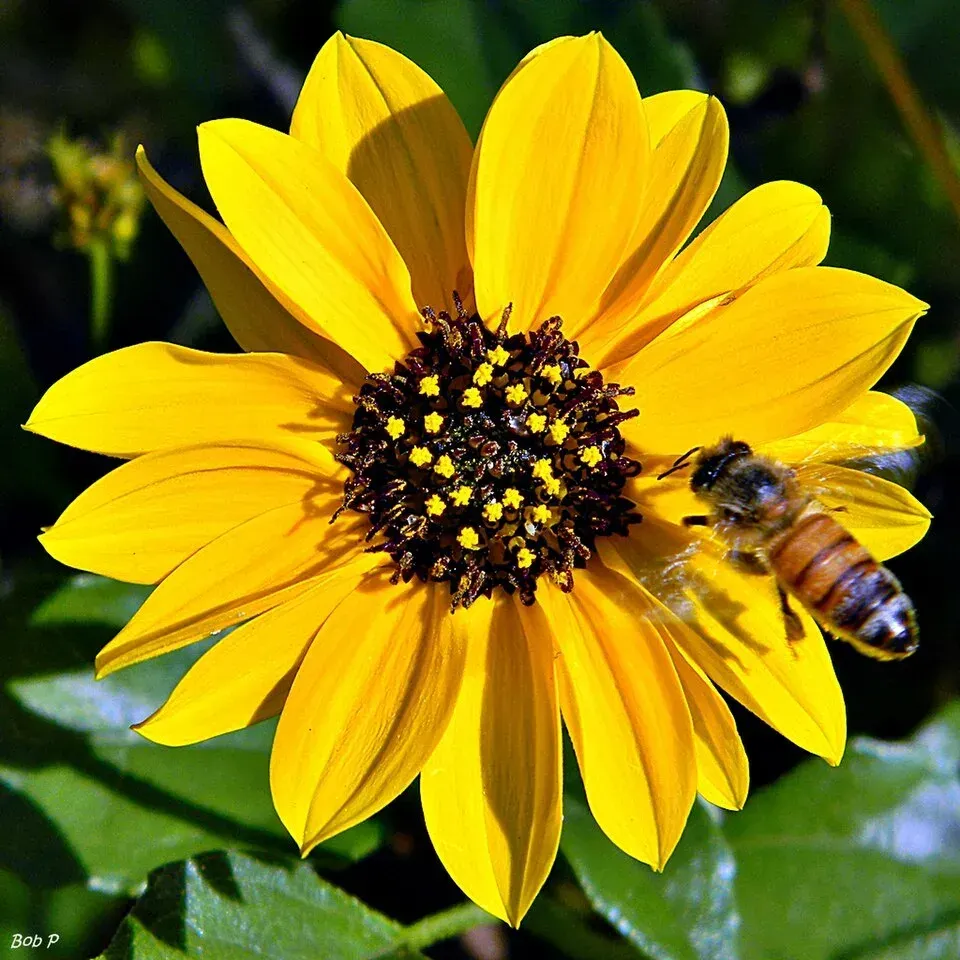
Beach Sunflower (Helianthus debilis)
Features: Bright yellow daisy-like flowers; sprawling groundcover habit
Growing conditions: Full sun; sandy, well-drained soils; highly salt-tolerant
Benefits: Continuous blooms attract butterflies; excellent for coastal properties; prevents erosion
Mature size: 1-3 feet tall, spreading 3-6 feet
White Stopper (Eugenia axillaris)
Features: Small white fragrant flowers in clusters; bright red berries that turn dark purple; glossy evergreen leaves
Growing conditions: Full sun to partial shade; well-drained soils; highly salt-tolerant
Benefits: Excellent wildlife food source for birds; attracts butterflies to flowers; extremely drought-tolerant once established; perfect for coastal properties
Mature size: 15-25 feet tall and wide
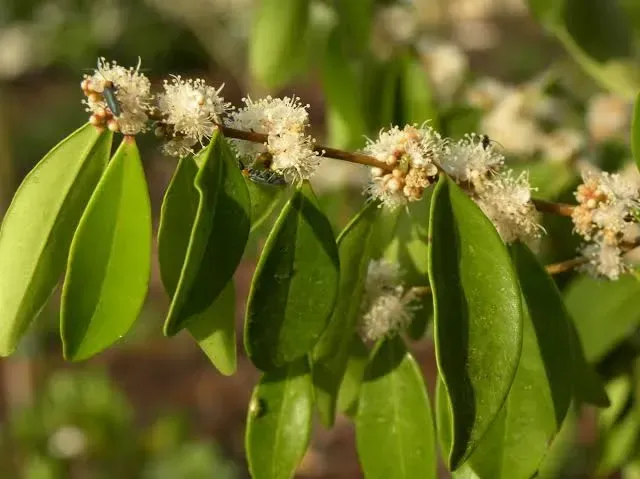
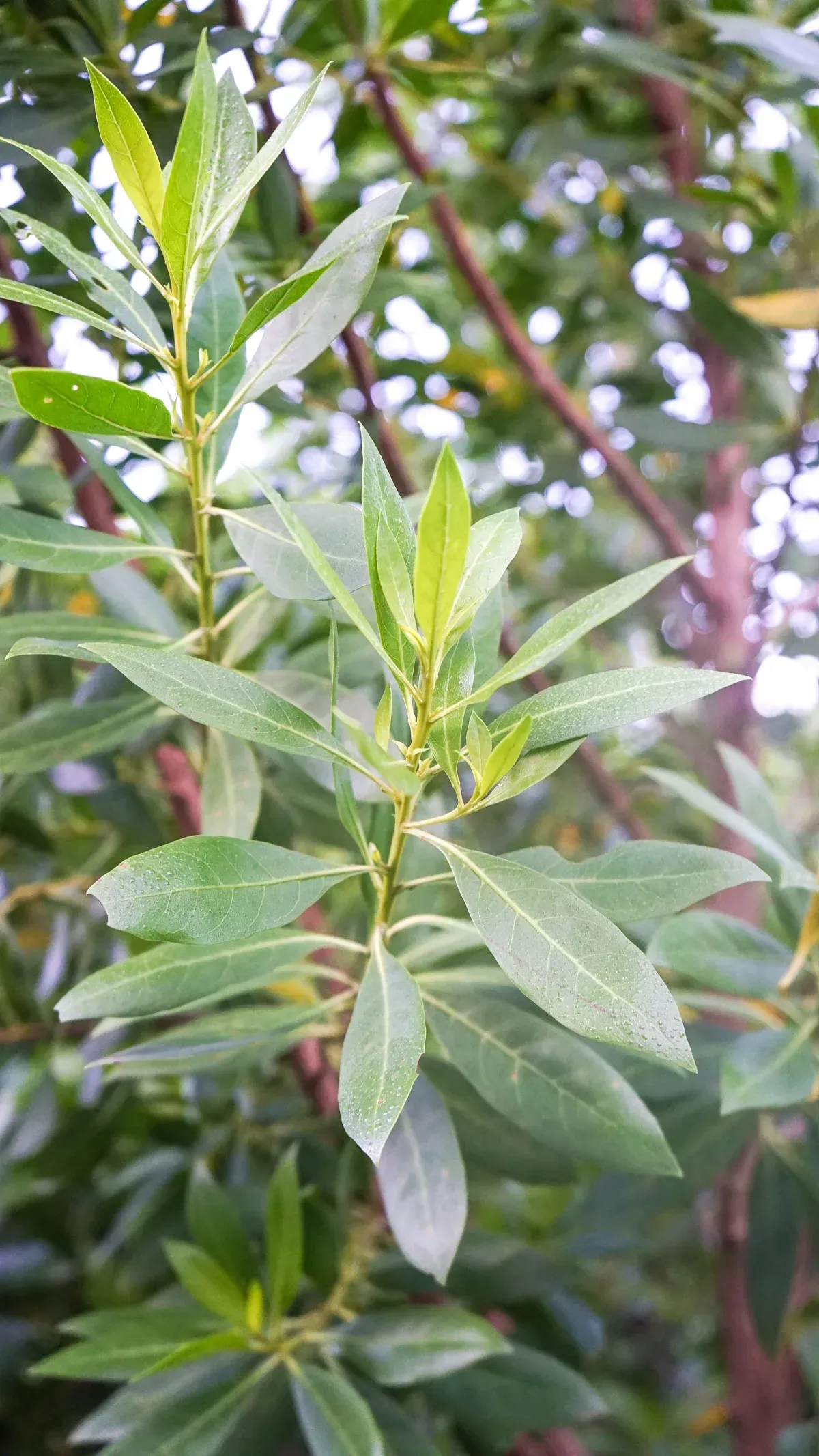
Buttonwood (Conocarpus erectus)
Features: Small greenish flowers in dense clusters; distinctive cone-like seed heads; silvery-green foliage (especially the Silver Buttonwood variety)
Growing conditions: Full sun; tolerates various soil types including wet and dry conditions; extremely salt-tolerant
Benefits: Outstanding coastal plant; provides excellent windbreak protection; attracts birds to seed heads; very low maintenance; can be pruned as hedge or left natural
Mature size: 20-50 feet tall and 15-25 feet wide (can be maintained smaller with pruning)
Planting and Care Guidelines for Native Plants
Optimal Planting Times
Fall through early spring (October through March) provides the best establishment period in Coconut Creek. This timing allows plants to develop strong root systems before summer heat arrives.
Avoid summer planting when possible, as new plants struggle with intense heat and frequent storms.
Essential Care Practices
Initial watering: Provide consistent moisture during the first growing season to encourage deep root development
Long-term maintenance: Most natives require little to no supplemental watering after establishment
Mulching: Apply 2-3 inch layer of organic mulch to retain moisture, suppress weeds, and moderate soil temperature
Fertilization: Generally unnecessary for native plants; excess fertilizer can actually harm them
Supporting Local Wildlife
Plant diversity: Include species with different bloom times to provide year-round resources
Avoid pesticides: Chemical treatments harm beneficial insects that support the ecosystem
Preserve habitat: Leave seed heads and fallen leaves to provide food and shelter for wildlife
Water sources: Add shallow water features to support birds and butterflies
Maintenance Tips for Success
Watering Wisdom
Native plants in Coconut Creek benefit from South Florida's generous 61 inches of annual rainfall. During the wet season (May-September), most established natives need no supplemental watering. In the drier months (October-April), occasional deep watering supports continued growth and flowering.
Seasonal Considerations
Coconut Creek's year-round growing season allows for continuous garden enjoyment. However, the hottest months may slow growth and flowering in some species. Plan garden activities during cooler morning or evening hours.
Pruning and Shaping
Most native plants require minimal pruning. When necessary, prune right after flowering to maintain shape without sacrificing next year's blooms.
Creating Your Native Plant Paradise
Designing a native plant garden in Coconut Creek, Florida, creates a beautiful, water-efficient landscape that celebrates our region's natural heritage. By selecting appropriate plants for your specific conditions, your garden will flourish with minimal effort while providing maximum environmental benefits.
Native plants offer year-round beauty, from the brilliant blooms of Firebush attracting hummingbirds to the architectural elegance of Coontie supporting endangered butterflies. This approach to landscaping reduces maintenance demands while creating habitat for the birds, butterflies, and beneficial insects that make South Florida gardens truly magical.
Contact local native plant nurseries or the Broward Chapter of the Florida Native Plant Society for specific planting advice and plant availability in your area. Transform your Coconut Creek landscape into a thriving ecosystem that works with nature's wisdom rather than against it.